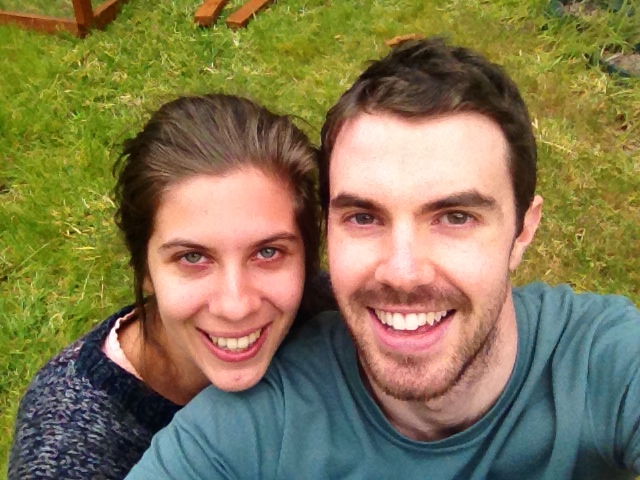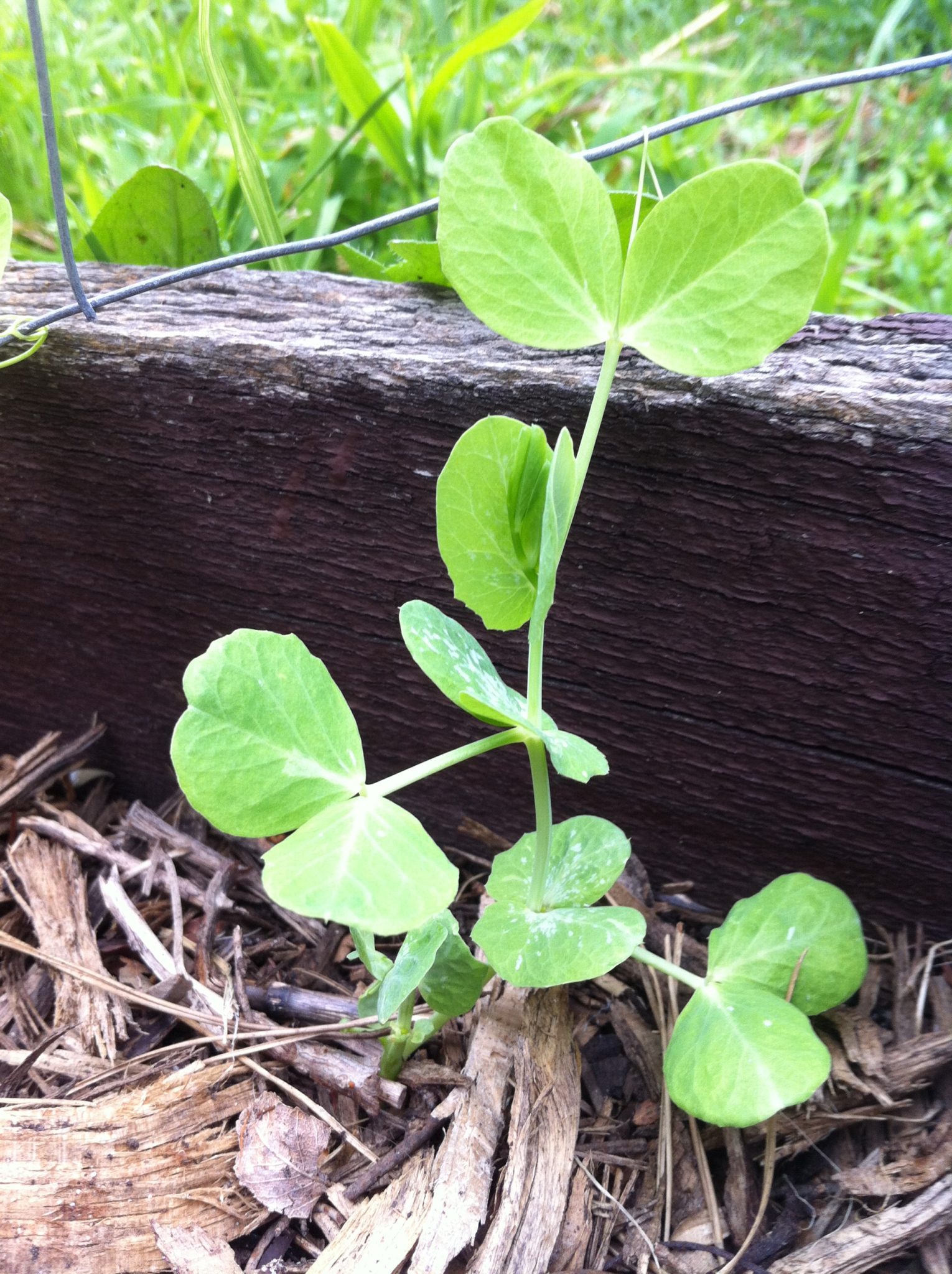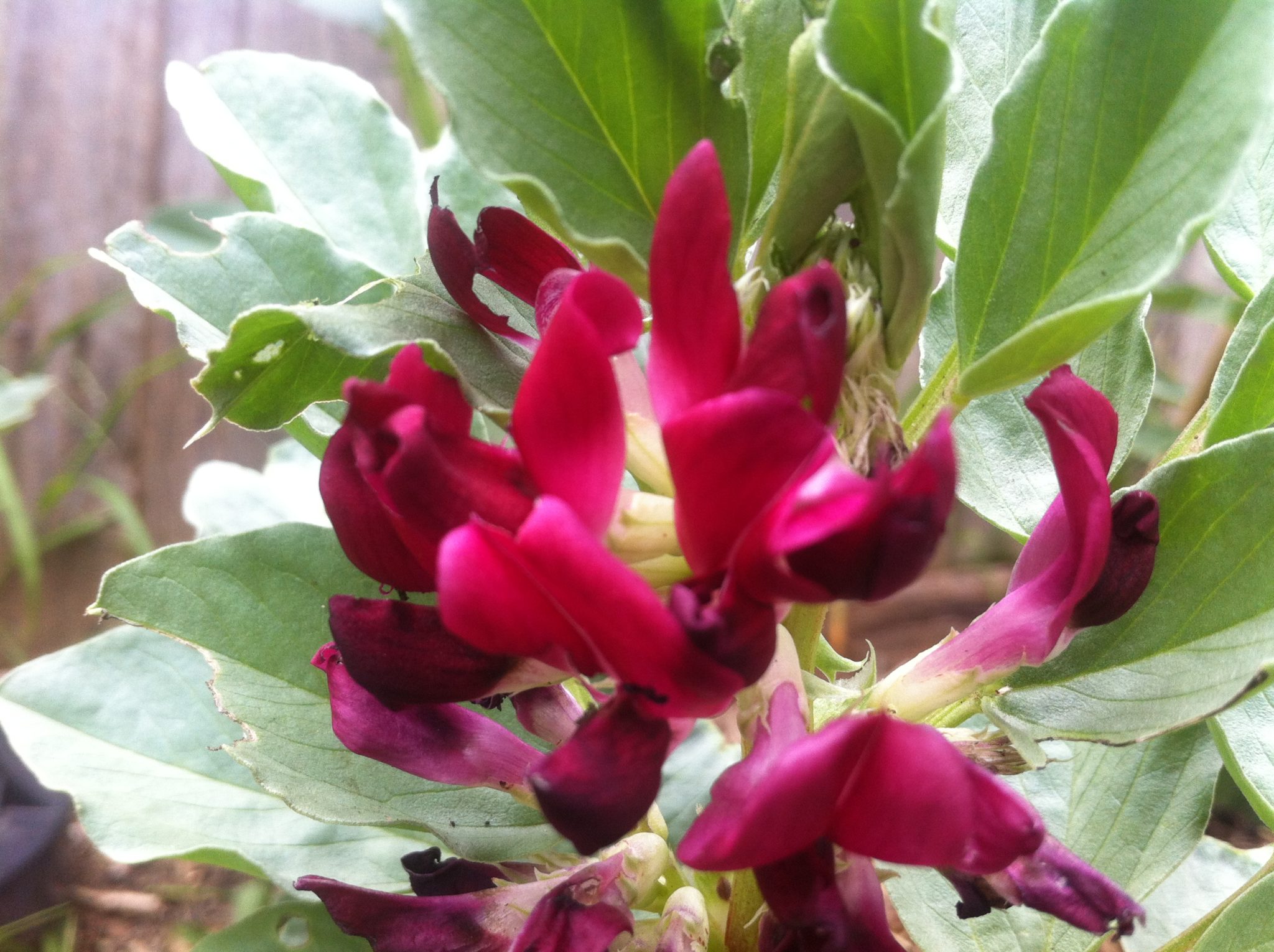Welcome to our new blog! We’re Matt Taylor (25) and Rach Koch (24), and Heritage Farm is the beginning of our dream. After some time in Melbourne for university, we’ve moved back to the Mornington Peninsula and we live on a small suburban block in Frankston, Victoria. We’re in the middle of planning our wedding for the end of this year and are hoping to be fully fledged farmers in 2015.
our vision
Within 10 years we’d like to have a fully operational farm. We’re not really interested in large scale monocropping, or intensive animal farming. What we want is to produce as much good food as we can, in an ethical and sustainable way. If we can encourage other people to do the same thing along the way, that would be ace.
So, that begs the question. What exactly is ethical and sustainable food production? Unfortunately, so far it’s defying definition. There are plenty of ideas out there, and plenty of people are already doing it. But there’s still no distinct line where ethical ends and unethical begins.
There are certain things that we know about the way we want to run Heritage Farm:
- We want to be organic. We strongly believe that artificial pesticides, herbicides and fertilisers are harmful to the environment when they’re mined, and when they’re applied. We believe that they kill soil ecosystems that are integral to a healthy farm. We believe that they are harmful to human health, and that the side effects are only just being fully understood.
- We want to minimise our inputs. Not only does this reduce the financial pressure that can come from relying on external stakeholders, it will also make it easier to know for certain where things like manures, seeds and feeds come from. This is important to us because we want our whole supply chain – not just the end product – to be ethical and sustainable. Finally, sourcing locally the inputs that we do use minimises the environmental cost of their transport and storage.
- We want to embrace permaculture principles. We believe that mimicking nature’s biodiversity in farming gives healthier soil microbiota, reduces pests and diseases and attracts insect predators. Healthy, symbiotic ecosystems are less work. Integrating animals into these systems as well is ideal. Good design utilises their natural tendencies to replace crude human labour with win-win situations for creatures, plants and people.
- We want to promote animal welfare. Healthy, happy animals with sufficient room to move and quality feed will have less issues with pests and diseases and will ultimately repay us with more nutritious, tastier produce. We want to ensure that animals live as natural a life as possible; free ranging and in animal groups reflective of their wild state. Should we decide to produce meat, animal welfare must carry through to the slaughter stage. We want our animals to be as stress free as possible should their “one bad day” happen.
- We want to encourage community involvement. Part of small-scale farming is education. Continual education of ourselves, but also education of our community. This means education about seasonal produce, and different farming methods, as well as education on how to do things themselves. In an ideal world we’d put ourselves out of business because everyone would have their own eggs being laid in their backyards, and their own fresh veggies growing!
There are other things that we are still working out about how we want Heritage Farm to work. There’s a fine line between production efficiencies and compromising animal welfare. We aren’t sure if things like artificial lighting in poultry houses, or artificial insemination cross this line. Equally, while we know we aren’t interested in using any genetically modified crops, we’re less certain where we stand on the issue of hybrids. Again, the line between economic sustainability and environmental sustainability is a blurred one. Finally there’s the issue of certification, specifically organic certification. We know we want to use organic methods, but what are the costs and benefits of paying for someone to certify it? Is certification a key component of ethical and sustainable farming?
current day
At the moment we are a long way from all of that. We have two ducks and two chooks and a small mealworm farm. We also have a number of fruit trees we are espaliering along our fences, and couple of veggie garden beds. We buy veggie boxes from a local farm, and try to buy as much of our food directly from the source as we can.
We are doing as much as we can from our house at the moment. Working on systems and techniques that we can rapidly expand into full production in the future once we find land to purchase or rent. Some examples are our meal worm farm, which will one day be an important source of protein for our poultry, as well as the trialling of different types of perennial herbs. Finally, we’re trying to build up seed and bulb stocks so that once we have land we can plant out at commercial levels quickly and cheaply.
It’s hard to practise something like large scale duck farming on 500m2 though. And we are yet to find 15 or more acres in our price range and travelling distance, let alone with good rainfall, fertile soil, and neighbours that don’t spray chemicals. So in the short term, we’re looking for an acre or two to rent.
Matt will use this land to practise raising ducks to egg laying age. This will mean that when we do find land, we’ll already have animals that can bring in income. Rach wants a bit more space to plant heirloom popcorn varieties without fears of cross pollination, as well as room to raise seedlings.
get involved
Both of us have always dreamed about farming, and we’re excited to start our journey. We thought that we would start this website, to share our experiences (and mistakes) with other like-minded people as we grow our way towards our goal. We want to engage, educate and entertain as we go. So if you have questions, advice or constructive feedback we’d love to hear from you.
We plan on writing a blog post or two each week on whatever we’re doing. We’ve also included a forum so that you can ask questions and our readers can engage with each other. We have included a shop on our website as well, where we will make some products available. If you think that you would find something useful, feel free to buy it. We hope to add some more features over time.
Thanks for reading our first post – and we hope that you find a lot to interest you here!





